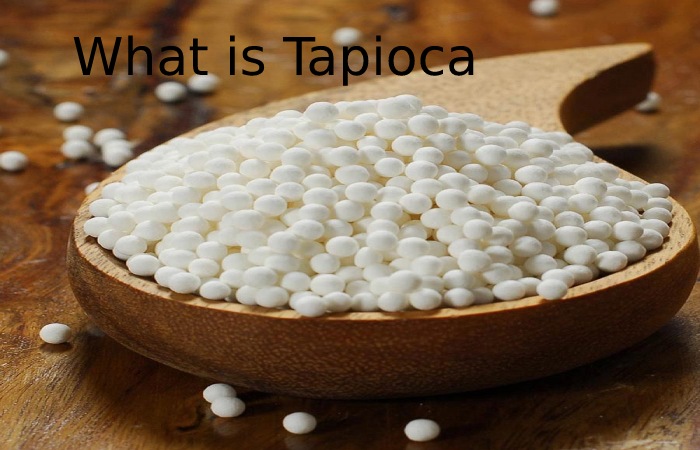Tapioca We have discovered a food, Tapioca, which can also be very useful for people with gluten intolerance or allergies despite its remotely obtained remarkable nutritional properties.

Tapioca is flour made from a tuber, cassava, grown in the tropical regions of America, Africa, and Asia.
To naturally generate energy and protect your health, all you need to do is increase your consumption of Tapioca, a starch derived from cassava that contains 354 calories per 100 grams.
This nutrient, protein, and carbohydrate-rich food can use in all of your dishes: soups, stews, desserts, and drinks, but what are the benefits of Tapioca?
Table of Contents
Nutritional properties of Tapioca
Tapioca is a food rich in complex carbohydrates (starch), so 100 grams of Tapioca provides around 168 Kcal. Therefore, it is a food that provides lasting energy to strengthen the body (ideal for children, convalescents, athletes). However, its fat and protein content is shallow.
Benefits of Tapioca
In summary, one serving of pearls or tapioca starch can provide 27% of the recommended daily calorie intake and up to 13% iron.
In addition, it is mainly a treasure in gluten-free gastronomy, and its contribution to B vitamins and minerals such as iron, calcium, phosphorus, potassium, and magnesium value.
Aids Digestion
Thanks to its fiber and proteins, it has a positive effect on the digestive processes, especially with slow or heavy digestions
Slow down Neuro Vegetative Problems
As an active ingredient in vitamin K, Tapioca makes neuro vegetative problems more difficult.
It also has its Contraindications
While the favorable properties of Tapioca . And also apparent, caution should also exercise when preparing it, as the plant contains dangerous ingredients. Including small amounts of cyanide. And also the heating and grinding processes need to applied correctly.
In any case, the commercially available pearl or tapioca starch is harmless. And also that consumers in this way cannot rule it out.
If you want to calmer, you can always dip the pearls in water and simmer. And also stirring gently but constantly until they become translucent.
How much?
Extracting the starch from It is an expensive and time-consuming task.
To get 1 kilo of good quality It, around 4 kilograms of the root need.
In our country, Tapioca is most commonly found in dry white or black pearls, although some supermarket chains may even see it in flour or flakes.
The price per 100 grams is between $ 8 and the US 18 Mexican pesos.
Since it is a dry product, it has the advantage that, if properly store. And also it will remain in good condition for long periods.
How is the intake Recommended?
It is recommend to hydrate and boil it until it forms a translucent gel .And also that can add to some foods a thickener, such as purees, cold teas, dairy desserts, or sweets.
It joins into hearty preparations such as dough, meatballs, or minced meat to stabilize them.
Let’s consume Tapioca in its traditional presentation and leave behind the highly process. And also sugary drinks that have supplanted its consumption in our population.
